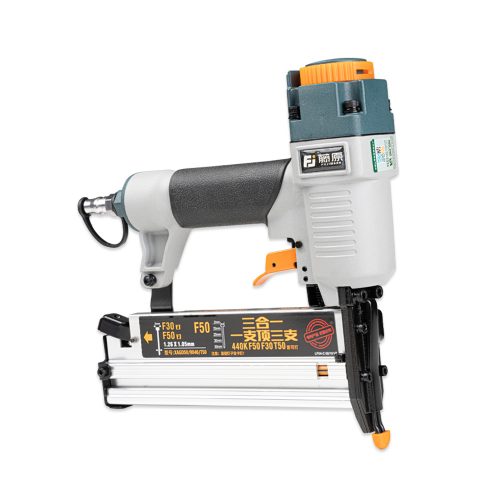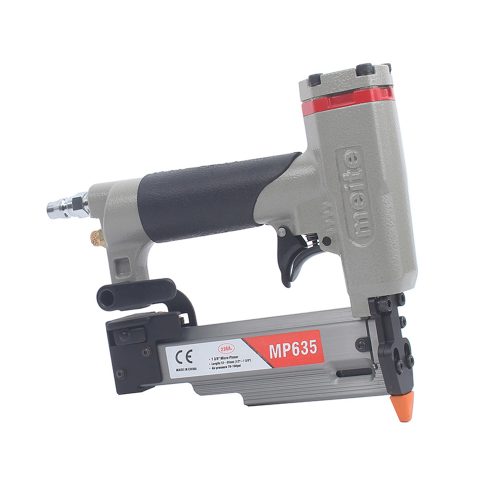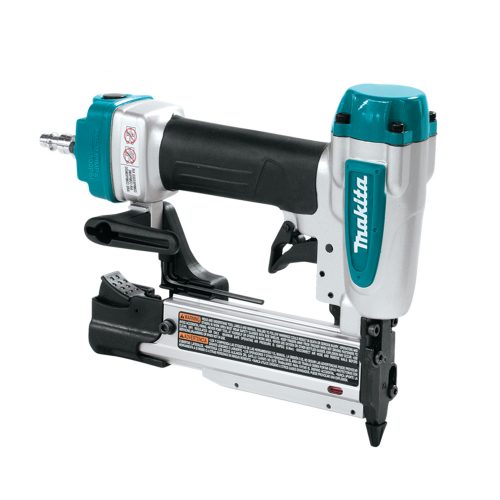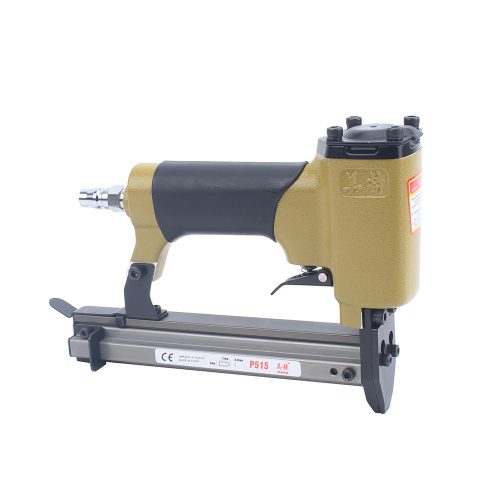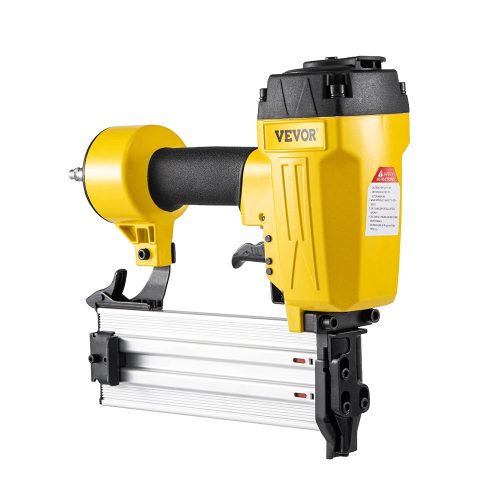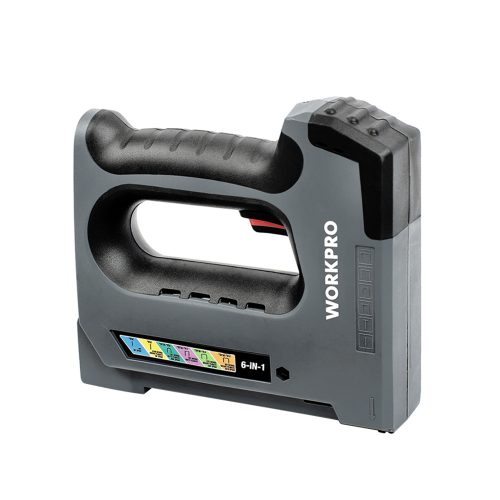BEST PIN NAILER COLLECTION FOR YOU
As the smallest power nailer, It has various models available, such as a 23 gauge pin nailer, a 21 gauge pin nailer, and an 18 gauge pin nailer. The 23-gauge headless nails resemble a sewing needle; most have 3/8-inch to 1-inch nails. However, some come with 2-inch nails.
Milwaukee
PORTER-CABLE
RYOBI
Makita
DEWALT
Makita
Paslode
Freeman
Senco
Dotool
METABO HPT
BOSTITCH
KIMSING
Hitachi
NEU MASTER
BANKS
HiKOKI
Craftsman
GREX
Arrow
- Pneumatic pin nailer vs battery pin nailer
A pneumatic micro pin nailer utilizes compressed air tanks to fire pins into the wood. This tool attaches to an air compressor via a flexible, long hose. You can press the trigger to release a small amount of air that will drive a pin into your workpiece. An air pin nailer can be used if it has an air compressor.
A battery-operated device can operate the same pin nail guns, but the electricity in the battery is used to compress a spring. The spring is released when the user pulls on the trigger to drive the pin. These tools are incredibly portable, but if the battery runs out, the project can be stalled.
- Size & Length
While the lengths of the pins can vary, the thickness is the same. Pin nailers use 23-gauge pins. The lack of a nailhead and the thin gauge allows for large magazine capacities. Some products can hold up to 200 pins.
- Safety
Safety devices may be built into some pinner nail guns. The user must press the nose down on a surface to pull the trigger. Some triggers may have two triggers, which require that the triggers be activated separately.
These pneumatic pin nailers are also safer because manufacturers include safety features. Dry-fire mechanisms that prevent the nailer from firing if it runs out of nails reduce the device's life expectancy.
- Weight & Ergonomics
Also, ergonomics are essential. The repetitive use of any tool can cause fatigue, so rubber grips and tool-free depth adjustments can make it more fun to use a pin gun.
- Other Features
Pin guns are often used for intricate carvings on wood. However, a hammer drill may be necessary if you have to drill into hard surfaces like stone or concrete.
You can use pin guns for finishing craft projects, mounting paintings on frames, and many other uses. This tool is great for those who are just beginning woodworking or those who need an affordable way to accomplish their goals.
The distance depends on the size of the nail, the gun's condition, and the pressure of the air. If the short nails are shot at high pressure and the gun is in good condition, it will have a longer range and be faster.
Although it is not known if they can shoot that far, some people said that a powerful pin gun's shooting range could be 500m.
- Pin Nailer vs Brad Nailer: Differences
The most crucial difference lies in the size of their nails. Brad nailers come with 18 gauge nails, while 23 gauge nails are often seen in pin nailers.
The gauge is the number of nails that can fit within an inch. The gauge is the smaller the nail, so the smaller it is, the better. With a 23 gauge nail, for example, 23 nails can fit per inch. You can fit only 18 nails per inch with larger 18 gauge nails.
These small gauge nails have the advantage of being able to be driven without having to split the wood.
There are many lengths of pin nails and brad nails. Pin nailers typically accept 3/8" to 1" nails. However, some models can take up to 2". Brad nailers use 3/8" to 2'’ nails.
2. Type of Nail
Pin nailers use small and headless nails with a diameter similar to that of sewing pins. Brad nailers come with wire-like nails that have a t-shaped head and are bigger than pin nails.
Pin nail holes are small and almost invisible, so filling them with wood filler is unnecessary. Brad nails create a bigger hole than pin nails. Brad nail holes, according to some DIY, aren't visible and don't need filling. However, brad nailers can make visible holes.
3. Holding Power
Pin nailers use tiny, weakly held nails. Pin nails are only able to make a temporary connection. Pin nails should be used with wood glue to make a permanent connection. Pin nails are used to attach the workpiece to the desired location and act as a clamp to keep it in place until the glue dries.
Brad nails have the advantage of having a t-shaped head. This gives them more holding power than pin nails and allows for permanent connections.
4. Material Type
Pin nailers and brad nails use small gauge nails that are difficult to join with thicker materials such as plywood or MDF.
Pin nailers can be used to fasten thin materials such as veneers or delicate trim pieces to furniture.
Brad nailers can be used for trimmings, such as attaching light moulding to cabinets, decorative moulding on furniture and quarter-round shoe molding.
- Pin Nailer vs Brad Nailer: Pros & Cons
Pin nails are small in diameter and rarely cause wood to split. This makes them an excellent choice for attaching wood trim or veneer.
Pin nail holes are almost invisible, so they don't need wood filler.
A pin nail is roughly the same size as a sewing needle.
2. A Pin Nailer's Disadvantages
Pin nails are limited in utility because they lack holding power and can only make temporary connections.
3. A Brad Nailer's Advantages
Brad nails have a greater hold power than a pin nail without a head. Brad nails are more suitable for tasks that require extra strength, such as installing trim work. They have a larger head and a wider diameter. Brad nailers can also be used for more tasks than pin nails.
4. A Brad Nailer's Disadvantages
A brad nailer makes a more giant hole, and it can be easily seen.

